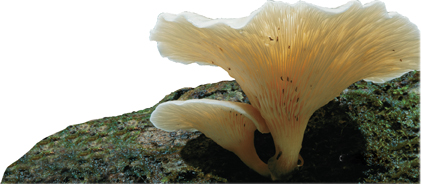
FIGURE 18–18 Tree of Life The tree of life shows the latest hypothesis about how major groups of organisms are related to one another. Note that both domain and kingdom designations are shown. Classify Which of the six kingdoms contains organisms that are not all in the same clade?
dEach group of “the eukaryotes formerly known as protists” is separate, and each shares closest common ancestors with other groups, rather than with each other. Most are unicellular, but one group, the brown algae, is multicellular. Some are photosynthetic, while others are heterotrophic. Some display characters that most closely resemble those of plants, fungi, or animals.
▸ Fungi Members of the kingdom Fungi are heterotrophs with cell walls containing chitin. Most feed on dead or decaying organic matter. Unlike other heterotrophs, fungi secrete digestive enzymes into their food source. After the digestive enzymes have broken down the food into smaller molecules, the fungi absorb the small molecules into their bodies. Mushrooms and other recognizable fungi are multicellular. Some fungi—yeasts, for example—are unicellular.
 In Your Notebook Explain why kingdom Protista is not valid under evolutionary classification.
In Your Notebook Explain why kingdom Protista is not valid under evolutionary classification.

FIGURE 18–19 Ghost Fungus
Table of Contents
- Formulas and Equations
- Applying Formulas and Equations
- Mean, Median, and Mode
- Estimation
- Using Measurements in Calculations
- Effects of Measurement Errors
- Accuracy
- Precision
- Comparing Accuracy and Precision
- Significant Figures
- Calculating With Significant Figures
- Scientific Notation
- Calculating With Scientific Notation
- Dimensional Analysis
- Applying Dimensional Analysis




